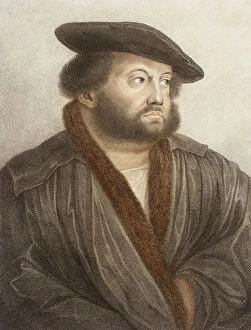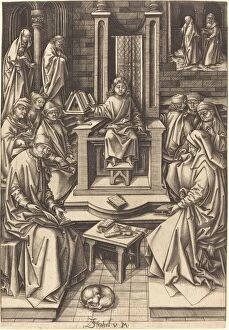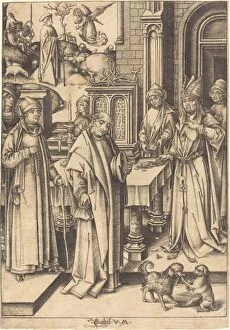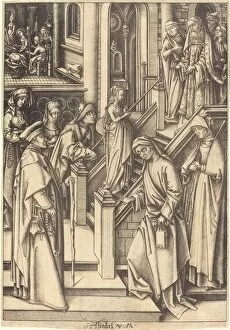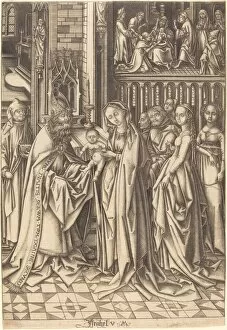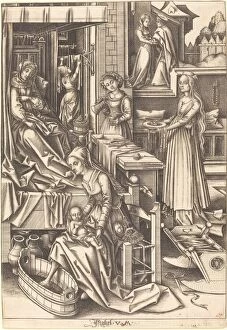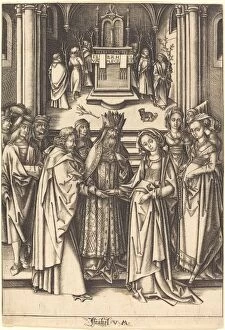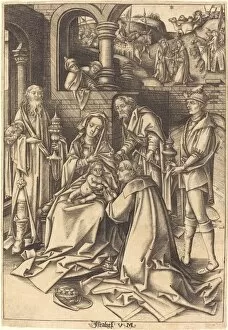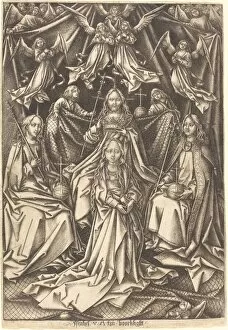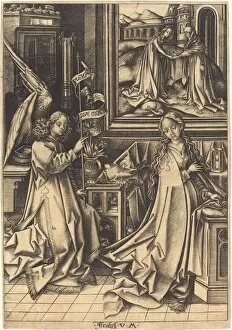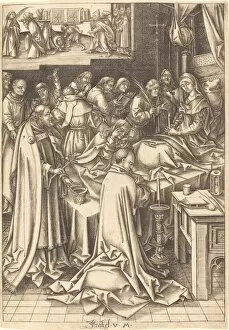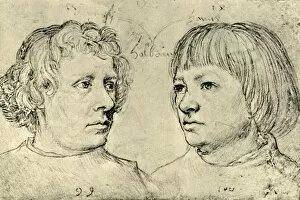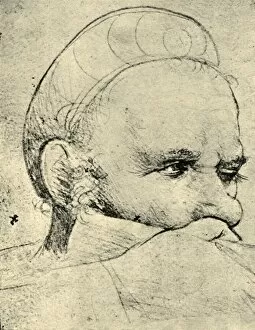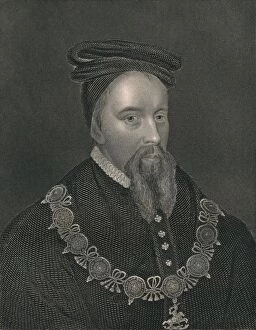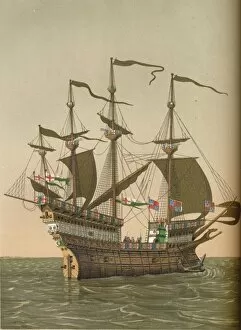Hans I Holbein Collection
Hans i Holbein, a renowned artist of the late 15th and early 16th centuries, captivated audiences with his exceptional talent for capturing religious scenes
For sale as Licensed Images
Choose your image, Select your licence and Download the media
Hans i Holbein, a renowned artist of the late 15th and early 16th centuries, captivated audiences with his exceptional talent for capturing religious scenes. His works, such as "Christ Among the Doctors" and "Joachim's Sacrifice, " created around 1490 to 1500 by Israhel van Meckenem, showcase his mastery in depicting biblical narratives. In "The Presentation of the Virgin" and "The Presentation in the Temple, " Holbein's attention to detail transports viewers back to these sacred moments. Similarly, in "The Birth of the Virgin" and "The Marriage of the Virgin, " he brings alive key events from Mary's life. Holbein's ability to convey emotion is evident in pieces like "The Adoration of the Magi. " The awe-struck expressions on their faces mirror our own wonder at this divine encounter. In contrast, his work on "The Coronation of the Virgin" exudes regality and majesty. "The Nativity" captures an intimate scene filled with warmth and tenderness. Meanwhile, in "The Annunciation, " Holbein portrays Mary receiving news that would forever change her life—a moment marked by grace and humility. Tragedy unfolds in Holbein's depiction of death through pieces like "The Death of the Virgin. " Here, grief permeates every brushstroke as mourners bid farewell to a beloved figure. And finally, we witness heart-wrenching anguish portrayed in his rendition of the harrowing event known as the Massacre of Innocents. Hans i Holbein leaves an indelible mark on art history through his ability to breathe life into religious tales. Each stroke reveals not only technical brilliance but also deep reverence for these sacred stories—inviting us all to reflect upon their timeless significance.

